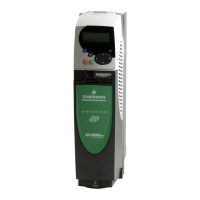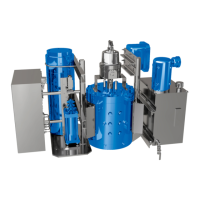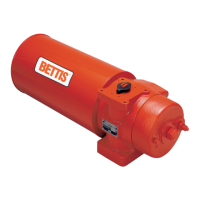5-42 • Site Supervisor Controller User Guide 2.0 026-1800 Rev 3 02-AUG-2016
5.27.3 Refrigeration Control
5.27.3.1 EEVs (Liquid Pulse and Liquid
Stepper)
In CC-100P, CC-100LS, EC2, and CCB (liquid and
pulse stepper) case controllers, there are two different con-
trol systems that work together to regulate refrigeration:
temperature control and superheat control.
Temperature Control
Temperature Control measures the case temperature
and turns refrigeration ON or OFF as required to keep the
case within a certain proximity of the user-specified tem-
perature setpoint.
The user supplies Temperature Control with the set-
point and a deadband, which is the range of case tempera-
tures equally above and below the setpoint within which
the case temperature will be considered acceptable. When
the case temperature is above the setpoint plus
one-half the
deadband, refrigeration will be turned ON. It will remain
ON until the temperature drops to below the temperature
setpoint minus
one-half the deadband, at which point
refrigerant flow will be turned OFF.
Case temperature may be supplied to Temperature
Control by a supply air sensor, a return air sensor, or a
mixture of both the supply and return air sensor values.
Temperature Control itself does not vary the opening
percentage of the pulse or stepper valve; it simply
addresses the case’s need for refrigerant flow to maintain
its setpoint. Once refrigeration is started, control of the
valve is handled by Superheat Control.
Superheat Control
The difference between the temperature of the refriger-
ant going in to the evaporator inlet (the coil in tempera-
ture) and the refrigerant leaving the evaporator outlet (the
coil out temperature) is called Superheat. When refriger-
ant is flowing through an evaporator, Superheat Control
uses PID Control to keep the Superheat at a user-defined
Superheat setpoint. Superheat Control positions the valve
to increase or decrease refrigerant flow in an effort to keep
the Superheat equal to a user-defined Superheat setpoint.
Recovery Mode
Recovery Mode is a special part of Superheat Control
that occurs at the beginning of every refrigeration cycle.
When refrigeration has been OFF and Temperature Con-
trol calls for refrigeration to be ON, a Recovery Mode
begins, during which the valve is fixed to a user-defined
percentage (usually 70%) for a fixed amount of time. This
floods the previously empty evaporator with refrigerant
and gradually establishes a differential between the coil in
and coil out temperatures. When the Recovery Mode ends,
the superheat will be relatively close to the setpoint; at this
time, Superheat Control will begin.
Recovery Mode always lasts for a specific number of
seconds. The case controller determines the duration based
on past performance of the evaporator during previous
Recovery Modes.
Thermostatic Expansion Valves (TXVs)
As an alternative to regulating superheat using EEVs,
case controllers also support cases that use mechanical
thermostatic expansion valves (TXVs). When TXVs are
being used, the case controllers use only Temperature
Control to turn refrigeration ON and OFF. Superheat
Control is disabled, since it is assumed the TXV is tak-
ing care of the superheat.
5.27.3.2 EEPRs (Suction Stepper)
The CC-100H, CS-100, and CCB (suction stepper and
lineup) control case temperature from the suction side of
the evaporator by using an EEPR to regulate suction pres-
sure.
Suction-side control differs from liquid-side control in
that Superheat Control is not used. In liquid-side control,
the valve aperture is controlled in order to achieve a super-
heat setpoint. In suction-side control, the CC-100 changes
the valve aperture to achieve the case temperature set-
point.
Case temperature may be supplied by a supply air sen-
sor, return air sensor, or a mixture of the two values.
Temperature Control uses PID control to operate the
valve and keep the case temperature input value equal to
the case temperature setpoint.
Recovery Mode
Recovery Mode for suction-side case controllers is
slightly different than Recovery Mode for liquid-side
controllers. Suction-side case controllers enter Recovery
Mode only after a defrost or cleaning cycle, and it does
so in order to bring the case temperature down to a level
that is controllable by Temperature Control.
During Recovery Mode, the valve is opened to a fixed
percentage until the case temperature falls below the
case setpoint. When this occurs, the case controller exits
Recovery Mode and begins normal Temperature Con-
trol.
5.27.4 Defrost Control
The physical aspects of defrost control, such as shut-
ting off valves and turning on defrost heat sources, is han-
dled by the case controller. When operating on its own, a
case controller initiates defrost cycles at programmed time
intervals. When connected to a Case Circuit application,
the case controllers’ defrost times are coordinated and
scheduled by the Site Supervisor.
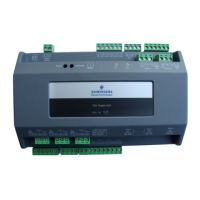
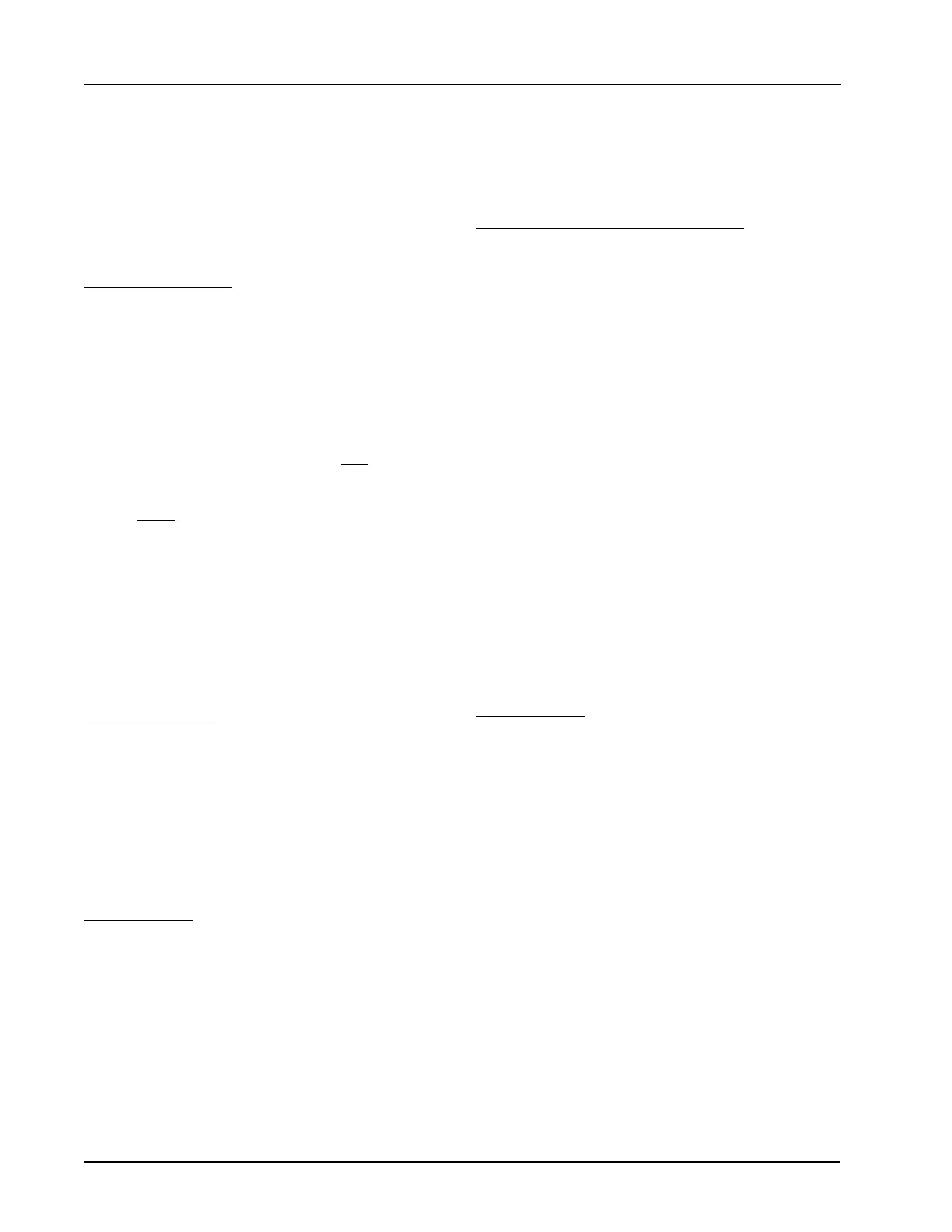